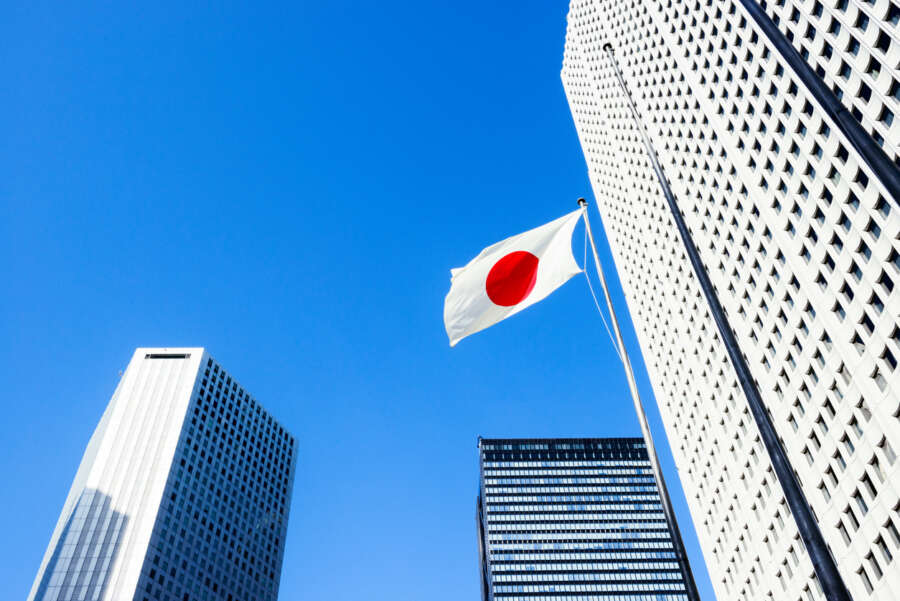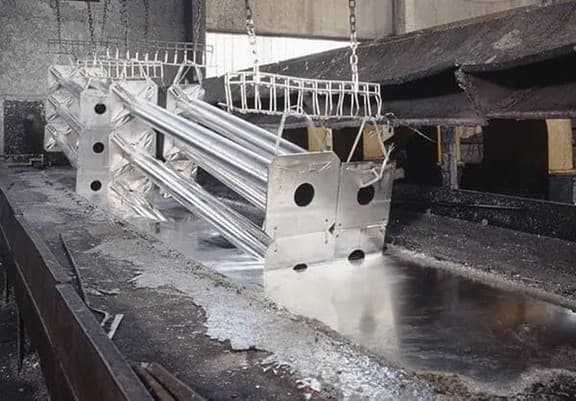
Two years since the onset of the COVID-19 pandemic, the economy of Japan is poised to make a robust comeback. After a sharp turnaround at the end of 2021, economic experts predict stronger growth in the coming months.
Japan’s recent economic rebound is mostly attributable to rising vaccination rates, increasing exports, and high investment in the tech industry. An annual growth of 2 to 4% is predicted in the next fiscal year, starting this April.
After the outbreak of the COVID-19 pandemic, the Japanese economy shrank a record 4.5%. The countrywide lockdown also took a heavy toll on private consumption, employment, and business dynamism, engendering a brief economic stagnation followed by a steep economic decline. As the pandemic progressed, the Japanese economy had to see multiple troughs until it regained momentum in July 2021.
After facing three straight quarters of contraction, the pandemic-hit economy saw a marked upturn in the last quarter of 2021. The steady recovery of the economy in the fourth quarter has revived hopes of partial economic revival by the end of 2022, however the road to full recovery still seems distant.
The aftereffects of the pandemic were more severe for the Japanese stock market. The economic growth in the July-September quarter caused a stock market boom which sent share prices higher in Tokyo. Due to increased share prices, institutional as well as retail investors using platforms like easymarkets.com were able to get higher returns on their investments in the fourth quarter of 2021. The Nikkei index increased 4.9% in 2021, marking a third straight year of growth but a narrower gain compared to 16% leap in the previous year.
With stock market boom, increase in private consumption, rise in exports, new employment policy, and sustained containment of the pandemic, Japan’s economy is expected to accelerate its growth in the second quarter of 2022. Although, the growth can be curbed by the recent wave of COVID-19.
As Omicron infections surge around the country, Japan is taking all necessary precautions to contain the fifth wave of the pandemic. Though other advanced economies around the world have put moderate restrictions on public life and travel, Japan has taken a stricter approach to survive the Omicron wave.
Urban areas of the country, including Tokyo, have been hit hard by the current wave. The travel and tourism sector of Japan was one of the main drivers of the recent economic upturn. Border closures and travel bans have called into question the projected economic growth of the country.
A strong economic growth was expected in the first half of 2022 as hospitality businesses, like restaurants and bars, returned to normal operations. However, as the government widens restrictions on social life, hopes for an economic comeback grows feeble.
Citigroup economists Kiichi Murashima and Katsuhiko Aiba believe that the possibility of negative growth is undeniable as a quasi-state of emergency is imposed to curb the spread of Omicron variant across the country. The economic situation of Japan is changing fast. Experts warn that the recent wave of COVID-19 could trigger another quarter of negative growth. The Omicron wave could also potentially reverse the economic recovery of the last quarter.
Although it’s uncertain whether Japan will scale back Omicron-related restrictions, the country’s economy seems unlikely to enter a period of positive growth in the second quarter of 2022.
This is a Sponsored Feature


